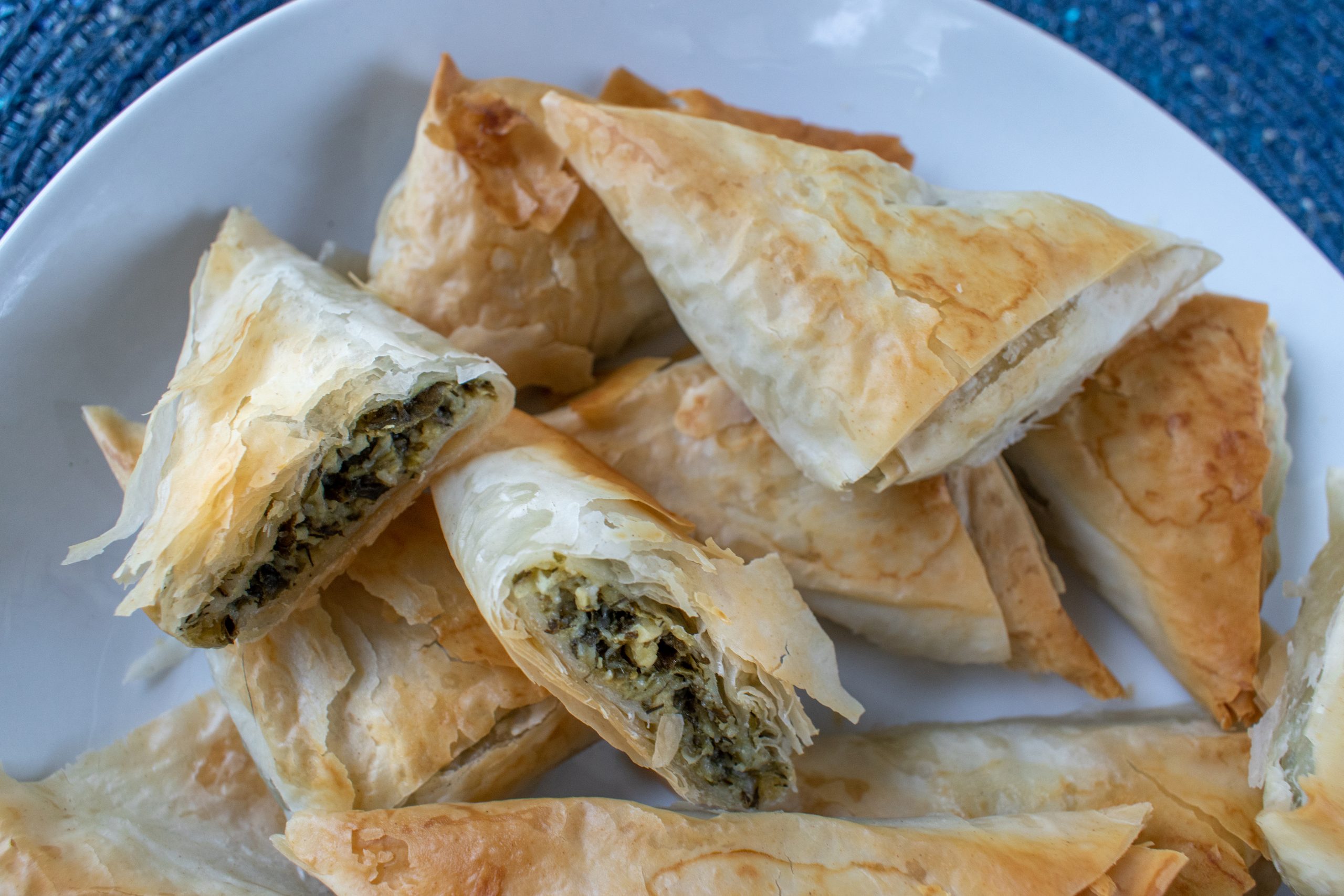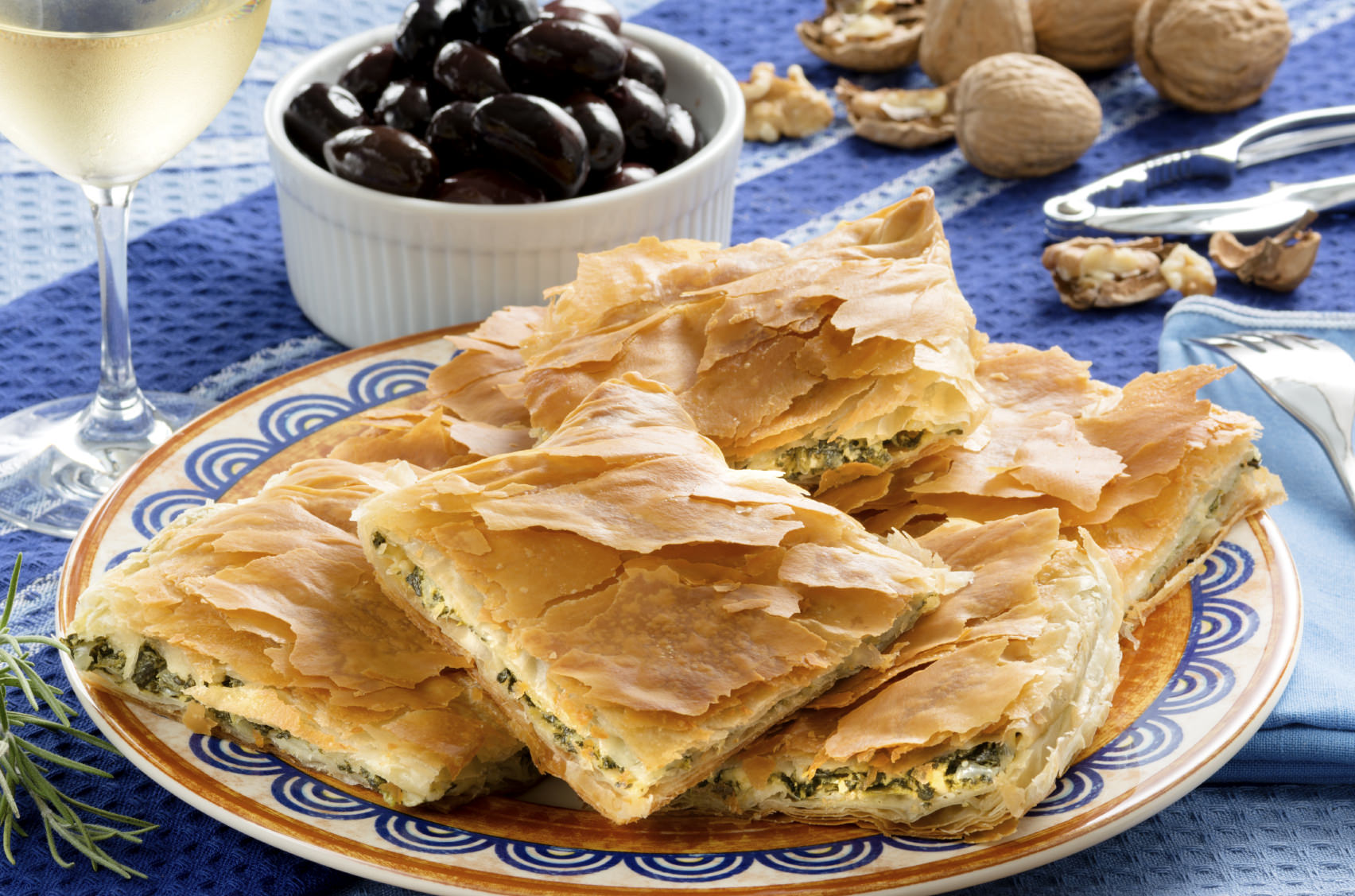With Greek Easter just around the corner, I'm getting excited to celebrate with family and friends. One of my favorite parts of this holiday is the delicious feast we enjoy together. I'm curious to hear what dishes everyone serves at their Greek Easter gatherings.
Whether you have cherished family recipes passed down through generations or you're trying something new this year, I'd love to hear about it. From traditional favorites like lamb and tzatziki to mouthwatering desserts like baklava and tsoureki, every dish adds to the festive atmosphere.
So, what's on your Greek Easter menu this year? Are there any must-have dishes or special treats that you look forward to? Feel free to share recipes, tips, or simply your excitement for the upcoming celebration. Let's swap ideas and inspire each other to make this Greek Easter memorable!
Us? We are grilling a leg of lamb and serving it with lemon potatoes and fasolakia. For dessert we are doing some kind of a chocolate cake and of course koulourakia.




